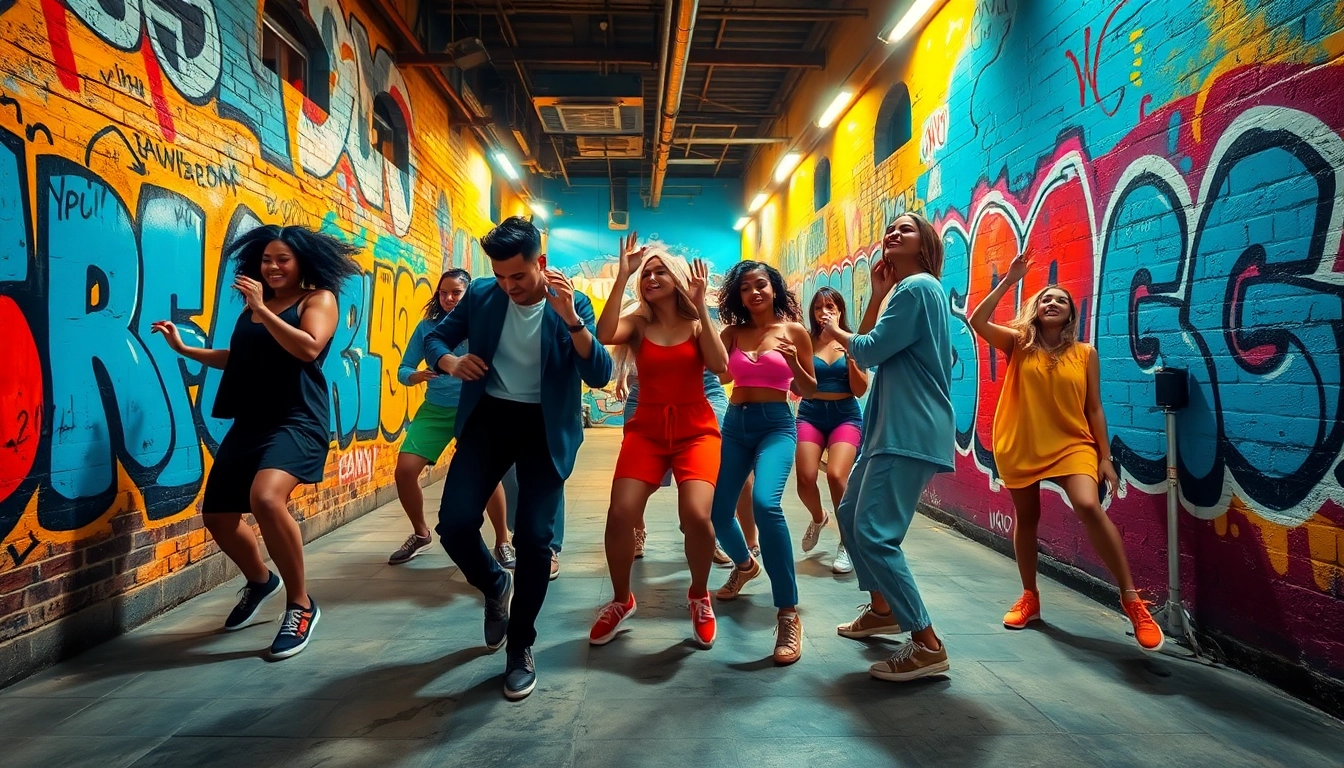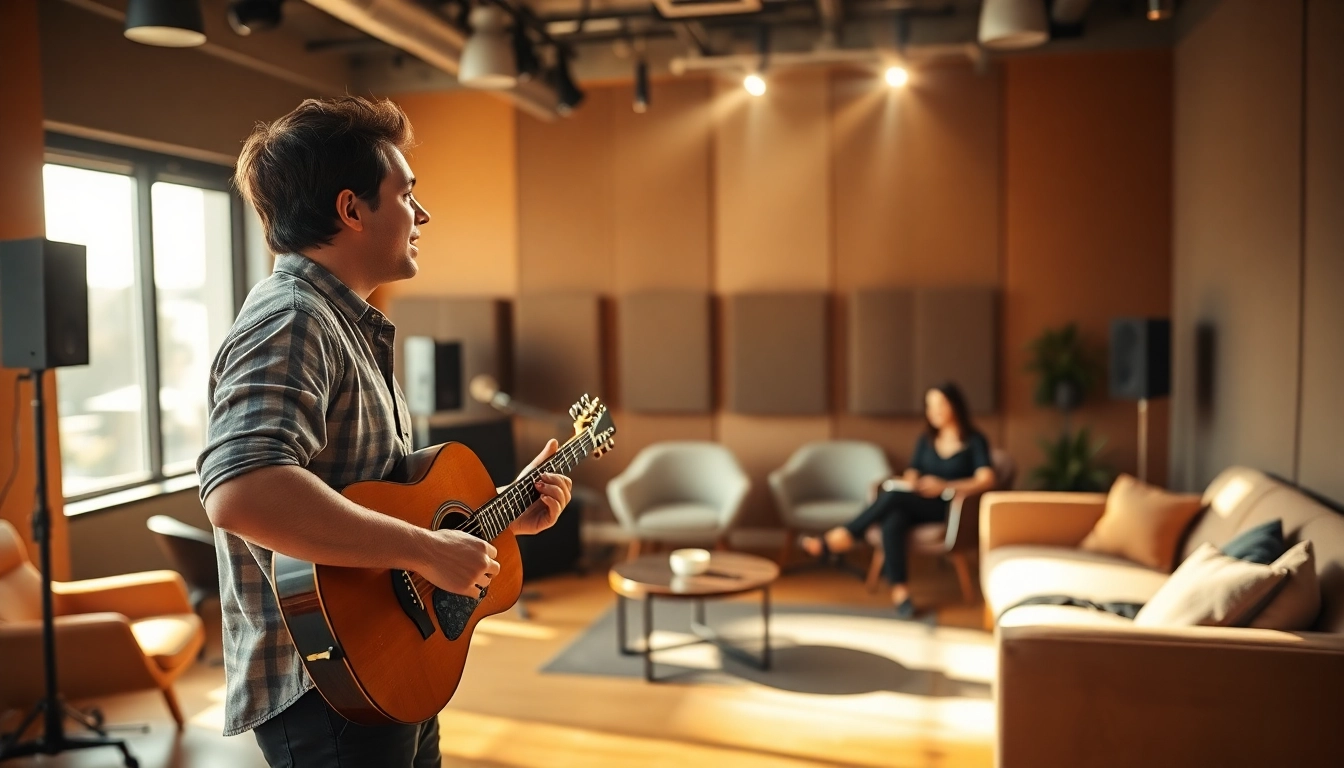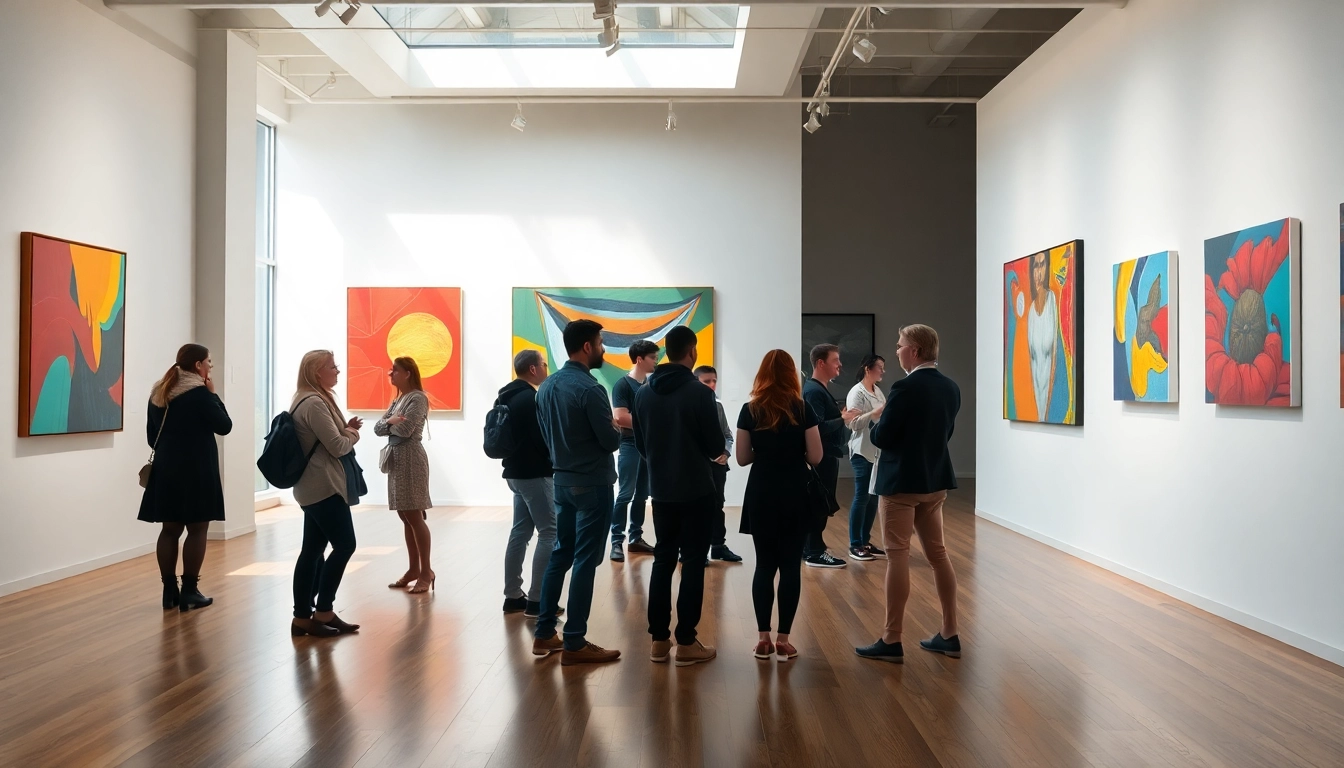Understanding House Moves: A Comprehensive Guide
House moves encompass various dance styles and techniques that originated in vibrant urban communities. Particularly rooted in the culture of Chicago and New York during the late 20th century, house dance has since evolved into a widely embraced form of self-expression across the globe. As dance enthusiasts look to refine their skills, understanding the foundational principles and movements is essential in mastering this dynamic art form. For those exploring the intricacies of house moves, this guide will delve into the historical background, essential techniques, and community engagement.
What Are House Moves?
House moves refer to a range of dance styles characterized by fluidity, rhythm, and expressive footwork, primarily performed to house music. This genre of music, which features a repetitive 4/4 beat and an emphasis on rhythm, creates an ideal backdrop for dancers to showcase their creativity and skills. House moves incorporate various individual styles, each with distinct characteristics yet unified by common elements like footwork, musicality, and improvisation.
The Evolution of House Dance
House dance began in the late 1970s within the underground club scene of Chicago and New York, primarily evolving from disco dance influences. The distinct rhythmic patterns and styles attracted different communities, leading to the emergence of subgenres and personal styles among dancers. Pioneers like Frankie Knuckles and Ron Hardy were instrumental in popularizing the genre, infusing it with a deep emotional connection tied to the beat and lyrics of house music. Over decades, house dance has absorbed influences from other styles such as hip-hop, jazz, and even African dance traditions, making it a rich tapestry of cultural expression.
Key Elements and Characteristics of House Moves
The primary elements of house moves include:
- Footwork: Diverse and intricate steps that emphasize swift movements and changes in direction.
- Body Isolation: Techniques involving specific body parts being moved independently, creating captivating visuals.
- Musicality: The ability to interpret and respond to the music’s rhythm and dynamics, creating a unique dance experience.
- Improvisation: A core characteristic allowing dancers to express their individuality and creativity on the dance floor.
Essential Techniques for House Moves
Fundamental Steps Every Dancer Should Know
Before delving into complexities, every dancer must be familiar with fundamental steps that form the building blocks of house dance. Key steps include:
- Jack: A movement characterized by bending the knees and shifting the weight, essential for maintaining rhythm.
- Shuffling: A lateral movement performed by quickly sliding feet back and forth, often integrated into many sequences.
- Grapevine: A weaving footwork pattern that involves crossing the feet while moving sideways.
To master these steps, practice regularly and focus on developing muscle memory to enhance fluidity during execution.
Fluidity and Rhythm in House Moves
Fluidity is a hallmark of house dance. Dancers should strive to achieve seamless transitions between movements, akin to water flowing. This entails mastering transitions between steps while maintaining a relaxed demeanor and allowing the music to guide movements. Rhythmic understanding is equally crucial — tapping into syncopation and accents in the music allows dancers to express themselves in varied ways that highlight their uniqueness. Listening attentively and practicing with different tracks will enhance one’s adaptability to various tempos and styles.
Practice Routines to Improve Your Skills
Establishing a structured practice routine is essential for any dancer. Here is a suggested routine to follow:
- Warm-up: Begin with light stretches and exercises to prepare the body for movement.
- Footwork Drills: Allocate time for practicing basic steps repetitively, gradually increasing speed.
- Freestyle Sessions: Allow time to explore improvisation over different genres of house music to enhance creativity.
- Cool Down: Conclude with stretching to prevent injury while relaxing muscles after intense practice.
Incorporating these elements will not only boost skills but also build confidence on the dance floor.
Popular Styles of House Moves
Classic vs. Contemporary House Dance
House dance has transformed significantly over the years, resulting in two primary styles: classic and contemporary. Classic house dance is rooted in the traditional footwork and social dancing styles of the 1980s and 1990s, emphasizing fundamental techniques and expressing joy through movement. Contemporary house dance, on the other hand, incorporates modern elements such as body isolations, innovative choreography, and cross-genre influences that reflect social themes or personal stories.
Dancers often blend the two styles, creating customized repertoires that speak to their experiences and preferences.
Cultural Influences in House Moves
House dance culture has evolved under the influence of various communities, particularly African American, Latino, and LGBTQ+ cultures. Community gatherings, block parties, and clubs served as spaces where dancers could share ideas and develop their artistry. It fosters a narrative of unity, resilience, and self-expression that is integral to the identity of house dance today. Furthermore, influences from African and Caribbean dances have been interwoven into house moves, showcasing the diversity and adaptability of this dance style.
Famous Dancers and Their Signature Styles
Many influential figures in the world of house dance have shaped its progression through distinctive styles and techniques. Pioneers like Buddha Stretch synthesized various street dance styles into house dance movements, making them accessible to a broader audience. Dancers like Marjory Smarth, known for her high-energy performances, and Brian Green, whose improvisational skills are unmatched, have also contributed significantly by introducing the art of storytelling through dance. Their unique expressions serve as inspirational benchmarks for aspiring dancers.
Performance Tips for House Moves
Choosing the Right Music for House Dance
The choice of music drastically impacts house dance performances. House music typically features a prominent bassline and an upbeat tempo, encouraging dancers to engage with the music’s sentiment. Selecting tracks that resonate personally can enhance the energetic performance and allow authentic expression. This might range from classic house tracks to contemporary remixes, depending on the performance’s vibe and message.
Stage Presence and Connection with the Audience
Engaging the audience is paramount during a performance. Dancers should focus on their facial expressions, body language, and overall stage presence to foster a connection with the audience. Techniques to enhance stage presence include:
- Eye Contact: Connect with viewers to draw them into the performance.
- Movement Dynamics: Change energy levels by integrating contrasting movements that captivate attention.
- Emotional Expression: Conveying emotions through body language and expression can leave a lasting impact on the audience.
Overcoming Performance Anxiety in House Moves
It is commonplace for dancers to experience performance anxiety, but effective strategies can help mitigate these feelings. Techniques include:
- Preparation: Rehearse thoroughly to build confidence.
- Mindfulness Techniques: Engage in breathing exercises or meditation before performing to center thoughts and emotions.
- Positive Visualization: Visualizing the performance can help reinforce a positive mindset.
Constant practice and experience will naturally reduce anxiety over time, allowing dancers to shine on stage.
Engaging with the House Dance Community
Where to Find Classes and Workshops
As dance is a communal experience, engaging with other dancers is crucial for growth. Numerous classes and workshops are available for all skill levels, often hosted in community centers, dance studios, or as online forums. Checking local listings, social media groups, and dance schools can help establish connections within the house dance community.
Joining House Dance Competitions
Participation in house dance competitions, also known as battles, provides an excellent opportunity for dancers to showcase their skills and connect with others. Events vary from local showcases to international competitions, allowing dancers to gain exposure, feedback, and networking opportunities, crucial for personal and professional growth.
Network and Collaborate with Other Dancers
Building relationships with other dancers fosters an enriching environment for learning and growth. Collaborating with peers can lead to creative exchanges, innovative choreographies, and support networks that bolster confidence and skills. Social media platforms often serve as valuable tools for connecting with fellow dancers, sharing experiences, and finding collaborative opportunities.



